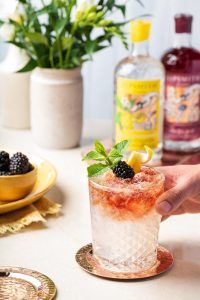Master these 10 basic bartending techniques and you’ll be well-equipped to mix up almost any cocktail you fancy.
Just beginning to explore the world of home bartending? We’ve put together a quick guide to get you well on your way to becoming a mixological maestro (or at least someone who can prep classic gin serves with ease).
Here we’ve broken down the basic bartending techniques and terminology you’ll need to make cocktails at home – and recommending a different cocktail recipe for each to ensure you get to test your newfound skills. Practice makes perfect, after all.
1. SHAKING
When should you shake your cocktails? If you’ve got syrups, fruit juices, or other mixers to emulsify (except anything carbonated, of course), then a serve is probably a good candidate for shaking.
While three-part cobbler shakers look pretty (and have built-in strainers), two-piece Boston shakers are typically favoured by the pros for their larger capacity and efficiency.
To shake, ensure your shaker contains lots of hard, very cold ice, seal well, hold with two hands, and agitate for at least 10-12 seconds to properly mix and dilute your ingredients.
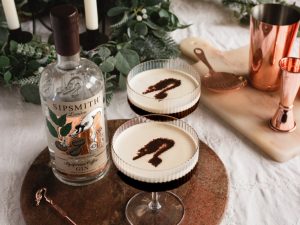
Recipe: Make a coffee-forward Sipspresso Martini using the third release of our limited-edition Sipping Series – Sipspresso Coffee Gin – a wonderfully rich and smooth spiced twist on our London Dry Gin.
2. STIRRING
Shaking works best for fruity, mixer-driven cocktails, while a short, spirit-led number is typically best stirred. This gentler method of mixing won’t break off any ice shards, and makes for a more velvety texture. Whether you stir in a mixing glass, shaker or other vessel, use a long-handled bar spoon and lots of ice, and stir for 20-30 seconds to properly chill and dilute.
Recipe: Bracingly bitter and herbaceously complex – but still refreshing – the Negroni is the ultimate stirred serve.
3. THROWING
Come brunch o’clock, throwing is a basic bartending technique that’s good to have in your arsenal. It’s most frequently employed with Red Snappers and Bloody Marys – which shouldn’t be overly agitated – and involves gently pouring the ingredients between two shakers. Fill one with ice and seal with a hawthorn strainer, then fill the other with the ingredients and pour the liquid between the two.
Recipe: There’s plenty of spirited debate around how to make the perfect Martini, but if you want to impress your guests, then it’s worth mastering the old-school ‘thrown’ technique.
4. MUDDLING
Muddling is one misunderstood bartending technique. Many see the muddler’s duty as mashing their ingredients into submission, but you don’t want to use it so aggressively that you’re left with a pulpy mess.
Instead, use a long muddler to gently break down ingredients and release their flavour into the drink, pushing down and twisting with each muddle. Be sure to use a shaker or heavy-rimmed glass so you don’t risk breakage.
Recipe: Master muddling for yourself with our refreshingly zesty Lemon Drizzle Mojito, it’s the ideal introduction as you learn to make the perfect mojito by substituting the traditional white rum for gin.
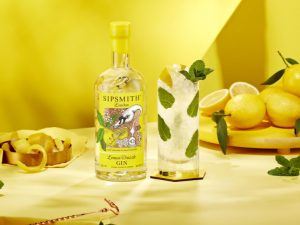
5. SPANKING
This technique may sound eyebrow-raising, but it’s a) tamer than its name suggests, and b) couldn’t be easier. Simply take a basil or mint leaf (or other delicate bit of greenery), place it on your palm, and spank it with your other hand. This expresses the oils in the leaf without destroying it, making for a prettier and more fragrant garnish.
Recipe: Release the fragrance of fresh basil leaves by making a Gin Basil Smash and, if you are looking for an alcohol-free version, try making your Gin Basil Smash with FreeGilder, for a moment of moderation.
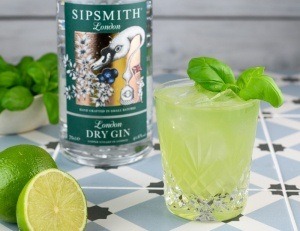
6. DOUBLE STRAINING
If you’ve muddled ingredients in your cocktail, added whole spices or shaken it aggressively, you’ll want to double strain to ensure the final result is clear and absent of any floating particles.
For this basic bartending technique, you’ll use a hawthorn or julep strainer as usual, though will hold a handheld strainer or sieve below the shaker as you pour, ensuring the drink is twice-filtered before it reaches the glass.
Recipe: Make sure there are no shards of ice in your Zesty Orange White Lady, delicious citrus cocktail that’s light yet creamy.
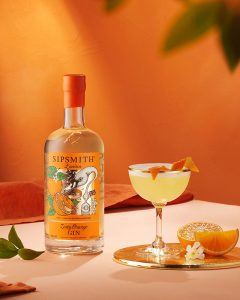
7. DRY SHAKING
When you’re making any drink that uses eggs or cream, dry shaking is a key to ensuring the end result is properly emulsified and aerated. First, add your ingredients to a shaker and shake for 20 or so seconds. Then open it up, fill with cold ice, seal and shake again.
Recipe: Whip up a decadent and dessert-like Clover Club using the dry shaking technique.
8. SWEETENING
If you want to sweeten your drinks, in most cases, sugar syrups are your best option: raw sugar adds grit and takes forever to dissolve amid ice, but syrups meld into your drink instantly. The most basic sugar syrup involves a 1:1 ratio of sugar and water, which should be heated in a pan on the hob (until the sugar has dissolved and the mixture is viscous) and then left to cool.
To make flavoured syrups, simply add fruit, spices, or other ingredients when the syrup is nearly ready to come off the heat, and leave to infuse for 30 or so minutes before straining.
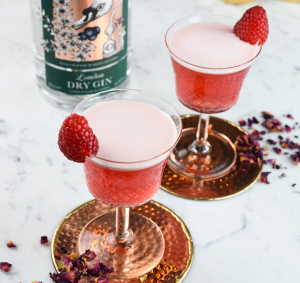
Recipe: Combine Sipsmith Sloe Gin and raspberry syrup to create a Lady in Red. To add another technique to your cocktail-making skill set, follow our helpful guide to flavoured syrups.
9. LIFTING
When it comes to creating an ice-cold sparkling gin cocktail, the last thing you want to do is break up the bubbles. To avoid disrupting the fizz, it’s important to ‘lift’ the drink using a barspoon or stirrer to combine ingredients in the glass without disrupting the fizz
Recipe: Use this technique when making a gin and tonic, whether your tipple of choice is a classic G&T, a Winter G&T made with sloe gin or a floral and fragrant Botanical G&T.
10. FLOATING
No, you won’t be making your serve levitate with this basic bartending technique. Instead, floating is the process of finishing off a cocktail with a small amount of spirit, layered at the top of the drink.
It’s a slightly finicky process; the best way to float, however, is to angle a bar spoon into the drink and pour slowly down its twisted stem, which should deposit the ingredient correctly.
Recipe: A purple-hued splash of sloe gin makes this Sloe Drizzle look extra eye-catching in the glass.
